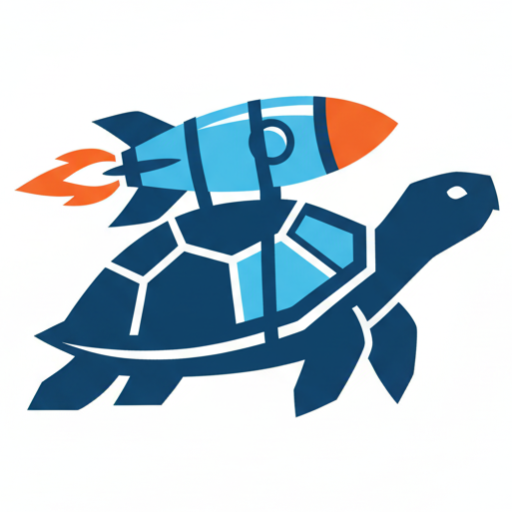
Introduction
Every few weeks, it happens again. You tear down your Notion dashboard, rebuild your task tracker, download a new app, or swear by a new habit system that’ll “finally fix everything.” For a few days, it works. Then burnout hits. You feel guilty. You call yourself lazy. And the cycle restarts.
This isn’t a planning problem. It’s a productivity identity crisis.
What Is a Productivity Identity Crisis?
At its core, a productivity identity crisis is when your self-worth becomes entangled with your output—and you begin chasing productivity systems not to work better, but to feel better about yourself.
This happens when:
- You view rest as laziness
- You feel ashamed during “unproductive” days
- You keep switching systems, not because they don’t work—but because they don’t align with how you see yourself
It’s like cosplaying someone else’s life: the 5AM riser, the minimalist, the GTD purist. You’re not building a system for your life—you’re building one for the person you think you’re supposed to be.
If this pattern sounds familiar, you’re not alone. Many people fall into it—and it’s a key reason why most productivity systems fail after two weeks.
Why This Cycle Keeps Repeating
1. You’re building for motivation highs, not reality.
Most systems are designed during moments of clarity or hype. But those systems collapse the moment real life interrupts—stress, heartbreak, burnout, or even just boredom.
This is especially true for remote workers, where isolation and pressure combine. If you relate, here’s a deeper look at how remote work impacts burnout and mental health.
2. You copy systems that don’t fit your lifestyle.
A YouTuber’s productivity stack might look sexy on screen, but if you’re a remote worker with unpredictable days or mental health dips, that structure could suffocate you.
3. You equate productivity with morality.
This is where it gets dangerous. When you believe “I didn’t get enough done today, so I’m a failure,” you’re not evaluating a task list—you’re questioning your worth.
What Actually Works: Building an Identity-Safe System
Here’s the uncomfortable truth: a productivity system should serve you even when you’re not at your best. Most don’t.
Here’s how to fix that:
🔹 1. Design for Your Worst Days, Not Your Best
Don’t build a routine around your most energetic, focused state. Build one that’s flexible enough for the days when you can barely think.
- Have a “bare minimum” version of your routine
- Use low-energy defaults (e.g., audio notes instead of journaling)
- Create modular tasks you can move around without guilt
This idea echoes the principles of why work-life balance is often a lie—and what actually works. The best systems adapt to your life, not the other way around.
🔹 2. Separate Self-Worth from Output
Your identity isn’t tied to how many tasks you check off.
- Use affirmations like: “My value isn’t in my speed—it’s in my direction.”
- Rest without earning it. Not as a reward—just as a right.
- Stop apologizing for being human.
If you need permission to rest, this post on strategic rest will shift your mindset.
🔹 3. Audit Your Productivity System for Identity Creep
Ask yourself:
- “Is this system helping me—or helping me look productive to others?”
- “Would I still use this routine if nobody ever saw it?”
- “Am I mimicking someone else’s life or designing my own?”
If your system feels performative instead of empowering, it’s time to strip it down and start from your values.
You may also want to reframe your relationship with effort by questioning why doing more could actually be slowing you down.
Your System Isn’t Broken—Your Self-Image Is Under Siege
You don’t need another app, another planner, or another reset.
What you need is a shift from performative productivity to personal clarity. One that says:
“I’m allowed to be consistent without being perfect.
I can slow down without falling behind.
I can work without becoming my work.”
Final Takeaways
- A productivity identity crisis happens when self-worth is tied to output
- You’ll keep resetting your system if it’s built for motivation, not reality
- The goal isn’t to do more—it’s to feel like yourself again
- Rest, flexibility, and identity-safe routines aren’t weaknesses—they’re survival tools
- You’re not failing your system. Your system is failing to serve you
Ready to break the cycle?
Start by designing a system that accepts you on your worst day—not just your most disciplined one.

